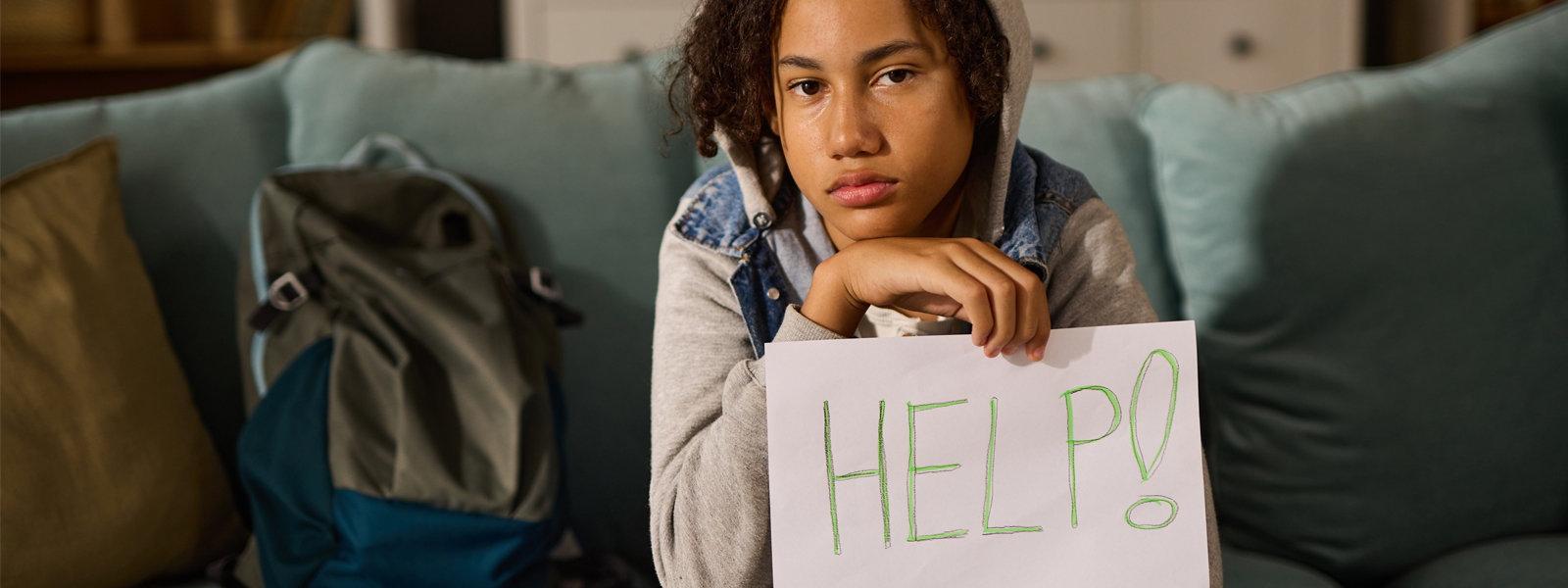
Center for Safe Schools’ (CSS) bullying and peer abuse prevention resources are informed by more than 25 years of bullying prevention research and practice, including Preventing Bullying Through Science Policy and Practice, a report by the National Academies of Sciences, Engineering and Medicine.
Bullying is no longer seen as a “rite of passage” or an example of “kids being kids.” Bullying is now known to have a negative effect on children’s physical and emotional well-being, social development and learning.
What is Bullying?
“Any unwanted aggressive behavior(s) by another youth or group of youths who are not siblings or current dating partners that involves an observed or perceived power imbalance and is repeated multiple times or is highly likely to be repeated. Bullying may inflict harm or distress on the targeted youth including physical, psychological, social, or educational harm.”
The Centers for Disease Control and Prevention (CDC) established a uniform definition to provide clarity and clearly distinguish bullying behaviors from conflict, harassment and other forms of aggression among youth. The CDC’s uniform definition is designed to support the consistent tracking of bullying over time, facilitate the comparison of bullying prevalence rates and associated risk and protective factors across different data collection systems, and enable the collection of comparable information on the performance of bullying intervention and prevention programs across contexts.
Cyberbullying
Cyberbullying is a specific form of bullying that involves technology. According to Hinduja and Patchin, cyberbullying is “willful and repeated harm inflicted through the use of computers, cell phones, and other electronic devices.”
While the definition of cyberbullying aligns with the traditional definition of bullying, the likelihood of repeated harm from one cyberbullying incident is quite high. This is because instances of cyberbullying can be accessed by multiple parties, forwarded to or shared with others, linked to other sites and apps, and revisited by targets of the aggression. This results in repeated exposure and repeated harm.
Relational Aggression
Bullying that affects a child’s social standing or status is a form of relational aggression. It can take many forms, including shunning, hazing, spreading rumors, excluding others or teasing. Contrary to popular opinion, both boys and girls engage in relational aggression.
Is it Rough Play, Bullying or Conflict?
At times, students will engage in rough play. This type of play may appear aggressive. However, it serves to reinforce positive relationships and occurs among peers of equal standing. Conflict, in contrast, is motivated by negative intent and takes place between students of relatively equal power or social standing. When rough play or conflict scenarios involve groups of students targeting a single student, the situation can easily escalate into bullying. Real Fighting happens when conflicts escalate to involve physical altercations.
Because a power imbalance exists in bullying situations, it is usually inappropriate to use conflict resolution strategies to resolve bullying situations. This is because these strategies often assume that both parties are at fault or compromise is warranted. In general, mediation is not recommended in cases of bullying.
Children who are bullied cannot stop the bullying on their own. Bullied students need the support of others to ensure that the bullying does not continue.
Determining Rough Play, Real Fighting (Conflict) or Bullying
- What are the facial expressions?
- Are they known to be friends?
- What happened here?
- What happened before that?
| Rough Play | Conflict | Bullying |
|---|---|---|
|
Usually friends |
Usually not friends |
Typically not friends |
|
Often repeated (same players) |
Typically not repeated |
Generally repeated |
|
Relatively equal balance of power |
Relatively equal balance of power |
Unequal balance of power |
|
No intent to harm |
Intentional harm-doing |
Intentional harm-doing |
|
Mood is friendly |
Mood is negative, aggressive or tense |
Mood is negative |
|
Mutual positive feelings |
Mutual hostile feelings |
Different feelings (mood/responsive) |
A Child Should be Evaluated by a Professional if the Child:

Why Should I be Concerned About Bullying?
Children who bully others are more likely to:
- Be injured in a fight.
- Drink alcohol or smoke.
- Engage in other anti-social behavior.
- Be truant, drop out of school.
- Perceive a negative climate at school.
Students who are bystanders to bullying are more likely to:
- Feel afraid.
- Feel powerless to change things.
- Feel guilty.
- Feel diminished empathy for victims.
In one research study, bystanders were reported to have an intensity of trauma that compared to distress levels of police, firefighters and paramedics during the 1989 San Francisco Earthquake.
Students who are bullied are more likely to have:
- Anxiety or depression.
- Suicidal ideation.
- Low self-esteem.
- School avoidance behaviors.
- Higher absenteeism rates.
- Dislike of school.
- Lower grades.
- Psychosomatic symptoms (e.g., sleep problems, bed-wetting, stomachaches, etc.)
Warning Signs that a Child May be the Target of Bullying
- Has damaged or missing clothing or other belongings.
- Has unexplained injuries.
- Complains frequently of headaches, stomachaches or feeling sick.
- Has trouble sleeping or has frequent bad dreams.
- Loses interest in visiting or talking with friends.
- Is afraid of going to school or other activities with peers.
- Loses interest in schoolwork or begins to do poorly in school.
- Is very hungry after school from not eating lunch.
- Appears sad, moody, angry, anxious or depressed after school.
- Suddenly has fewer friends.
- Avoids certain places.
- Acts differently than usual.
Why Do Kids Bully?
Control and Power
Many students bully in an attempt to gain control over others or power within a peer group or social setting. Social dynamics within a school, neighborhood or community may reinforce such abuses of power.
Peer Attention
Students often receive positive attention for their bullying. When bystanders laugh or participate in the bullying in other ways, the aggressive student receives social reinforcement for his or her bullying behavior. Thus, bystanders have an important role to play in addressing bullying and preventing it from reoccurring.
Inadequate or Ineffective Supervision
Bullying often occurs in settings where there is little adult supervision or when supervision strategies are ineffective. Schools and other youth programs should ensure that there is reasonable student to adult ratios in classrooms, play areas, hallways, lunchrooms and other areas. Supervising staff should be trained to recognize and intervene in all instances of peer aggression.
Indifferent Attitudes Toward Bullying
Adults’ attitudes toward peer aggression and bullying can have a profound effect on students’ perceptions of the behavior. When adults – through action or inaction – condone bullying, young people may mistakenly conclude that bullying is a normal part of growing up. Adults should always intervene when bullying is suspected and let young people know bullying behavior will not be tolerated.
Bias Issues
Some bullying is motivated by actual prejudice or can be reinforced by prejudicial norms. Certain groups of students are more likely to be targets of bullying or prejudicial comments. These include students with disabilities, students who are obese and students who defy gender norms. Students who are not in the racial, ethnic or religious majority are also at greater risk of being targeted. It is important to know that this type of bullying can have legal ramifications for schools, if ignored.